
GUEST BLOGGER LINDA JOY SINGLETON
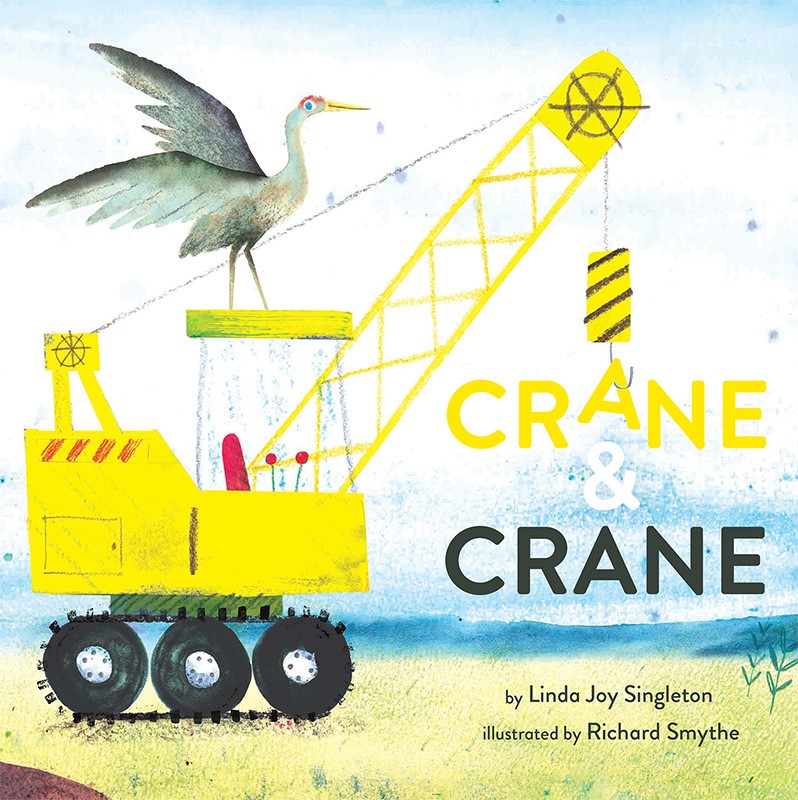
When my first non-fiction picture book, Crane and Crane, was published (Amicus Books 2019), I couldn’t wait to read it to kids. I knew they’d enjoy the gorgeous illustrations by the talented Richard Smythe and the fun story of a bird and a piece of construction equipment building two very different homes. They’d also learn from STEM topics that compare the science of Sandhill Cranes with the technology and engineering of construction cranes. And there’s a bonus of teaching STEAM with the language arts of homonyms.
But I worried, “How can I fill a 30- to 60-minute storytime with such a short picture book?” I had plenty of experience reading 300 to 700 word picture books at school and library events. But my book has only 27 words! It would take only a few minutes to finish—even if I read really, really slowly. I needed a read out loud strategy ASAP!
So I turned to the pros for advice, beginning with Librarian Sally McGrath.
Sally McGrath’s steps for a Crane and Crane read-aloud
Sally delights children with her master storytelling and enthusiastic love for books at the Rio Linda Library (Sacramento Public Library). When she first saw Crane and Crane, she was excited to compare nature with industry, and invited me read to the pre-school group at her library. I asked her how to stretch out a 27-word picture book into story-time event, and she not only taught me techniques for how to do this, but she agreed to share her advice in this blog.
–Introduce the book: Title; author; illustrator
–Show the cover of the book, ask questions about the setting/characters, and let the kids give answers. Examples: Look at that big bird! That’s a crane. What is this? You’re right. This is… also a crane — a machine. Is this crane a machine? No, it’s a bird. Who has seen a bird like this in Rio Linda? (Hands go up.) Who has seen a machine like this in Rio Linda? (Hands again.)
–Start reading the book, and be sure to hold it open widely, turning the book slowly back and forth so all of the kids can see the pictures and have time to process the pictures and text on each page.
–Read all of the words on each page. The author fine-tuned the text until it was just right.
–Pause to ask questions or make comments on two or three of the page spreads (not every page).
–Use your voice and body language to express the text and pictures. Example: Lift – “Llllllift” your shoulders, eyebrows, and voice; Stretch – “Streeeeetch” your voice.
–Clap when you finish the book. The kids will clap with you.
— Read the book again. This time, have the kids stand up and read it aloud with you, acting out the movements and sounds and feelings. Example: “Swoosh,” “Pick,” “Thump.”
From Sally McGrath, Storyteller Extraordinaire and Branch Supervisor of Rio Linda Public Library, Sacramento, CA
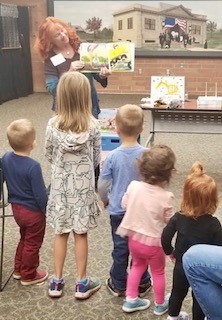
Crane homonym activity for grades 3 through 5
For a fun homonym activity targeted for grades 3 through 5, I turned to third-grade teacher Barb Huston, Arrowwood Elementary, Saginaw, Michigan.
Learning Target: Students will be able to define “homonym” and give an example.
Performance Task :
Step 1: Teacher passes out blank index cards and asks students to quickly draw a bat.
Students walk around the room to look at the sketches on their way to the rug (or other whole group meeting place).
Teacher asks students what they noticed about the sketches. Students will share that there were two types of bats (flying animal/stick to play baseball)
Step 2: Teacher explains that bat is an example of a homonym.
Teacher defines homonym as two words that are spelled and pronounced the same but have different meanings.
Step 3: Teacher reads Crane and Crane by Linda Joy Singleton
Students identify the homonym in the book.
Teacher and students discuss the author’s craft of how each one of the cranes had the same actions.
Teacher and students circle back to the word “bat” and brainstorm words that both bats have in common. Example: fly, rose
Step 4: Teacher passes out large index cards with a homonym written at the top. Students will illustrate an example of each to display on the bulletin board.
Step 5: Students look out for homonyms. As they locate them, they will write them down on the empty anchor paper on the bulletin board.
Success Criteria: Students will be able to illustrate the two definitions of a single homonym.
More Crane and Crane fun
- Create a story using homonyms
- Color a sandhill crane page
- Learn a crane operator’s hand signals on a construction site
More on sandhill cranes and their habitats
Click the picture below for a wonderful list of additional activities on Sandhill Cranes, habitats and natural history.
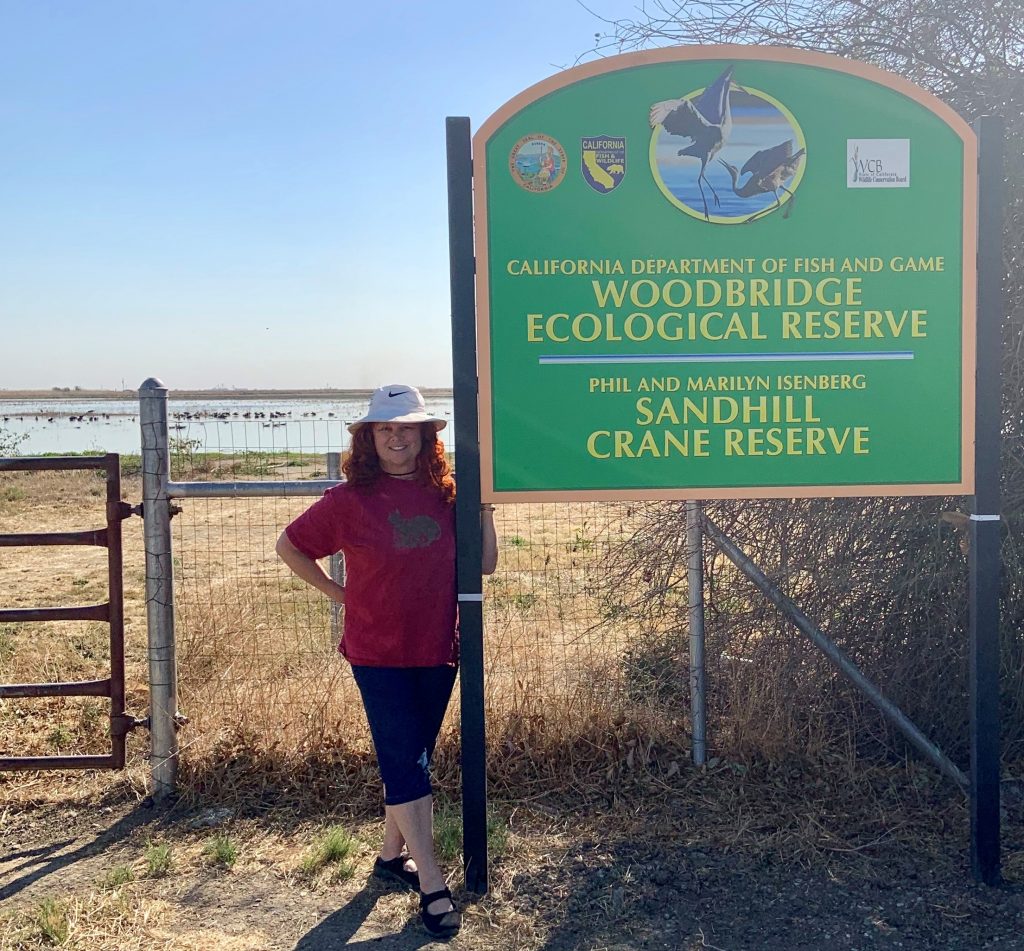
Linda Joy Singleton is the author of over 50 books from picture books, middle grade, and YA. Her husband worked as a crane operator for many years, and they currently live in the country surrounded by a menagerie of pets and wild animals, including Canadian geese and egrets. Linda visited a Sandhill Crane sanctuary for an up-close crane experience. For downloads of educational activities for her books go to www.LindaJoySingleton.com.



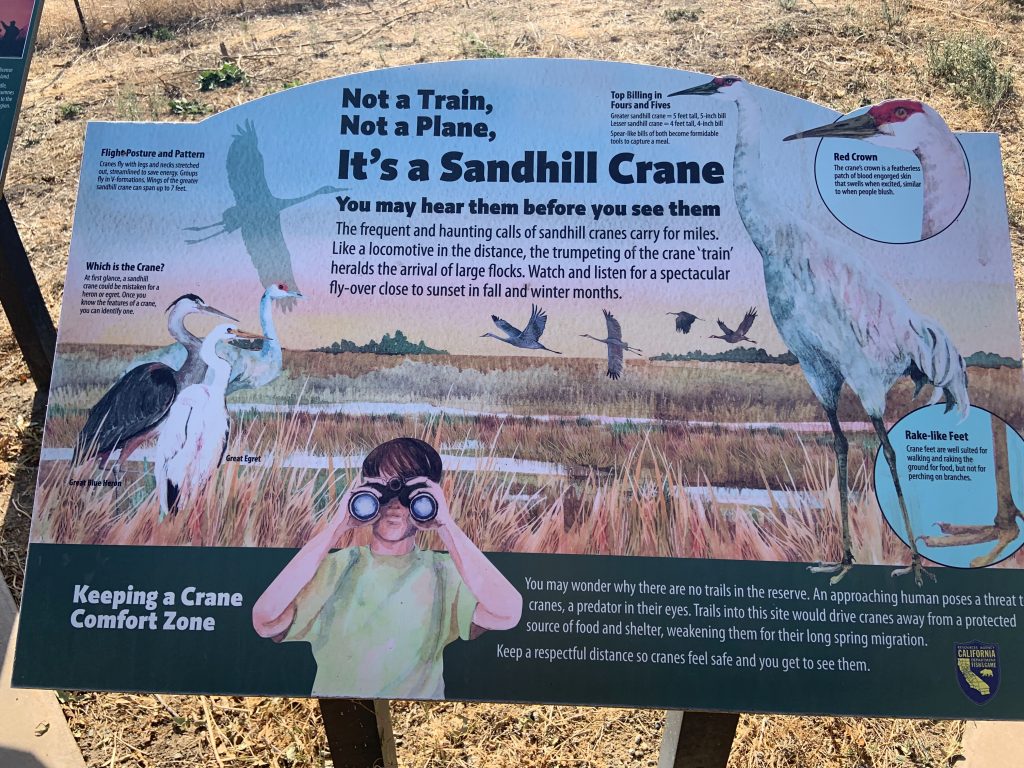
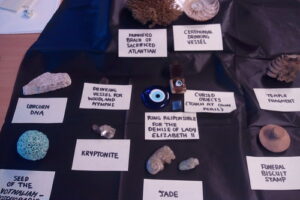
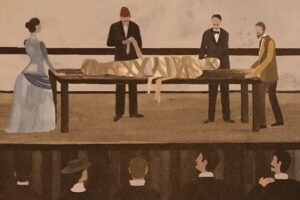
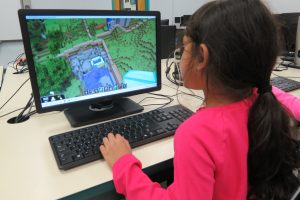


Leave a Reply
Your email is safe with me.